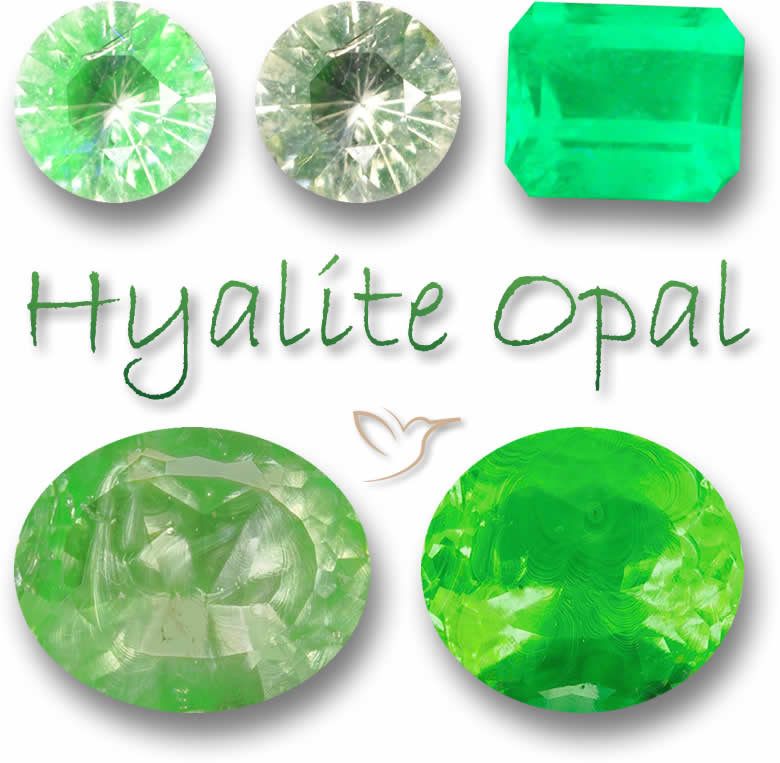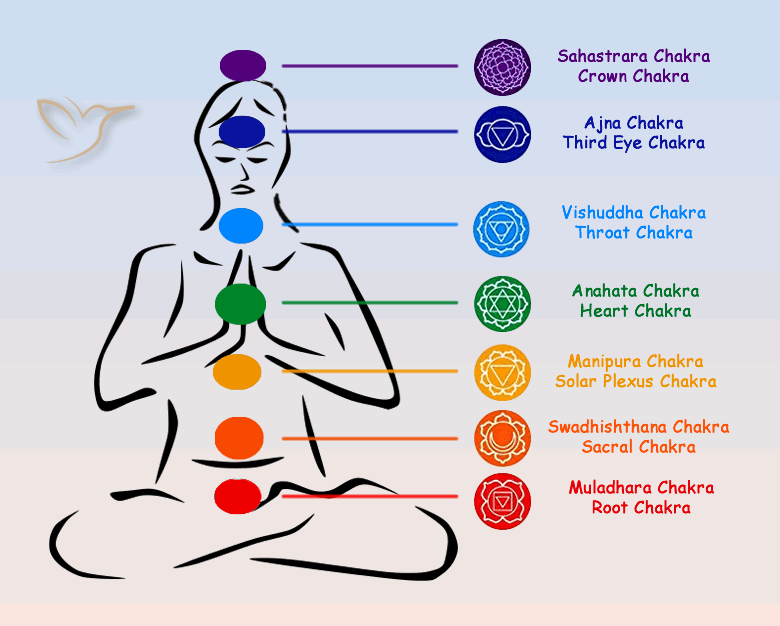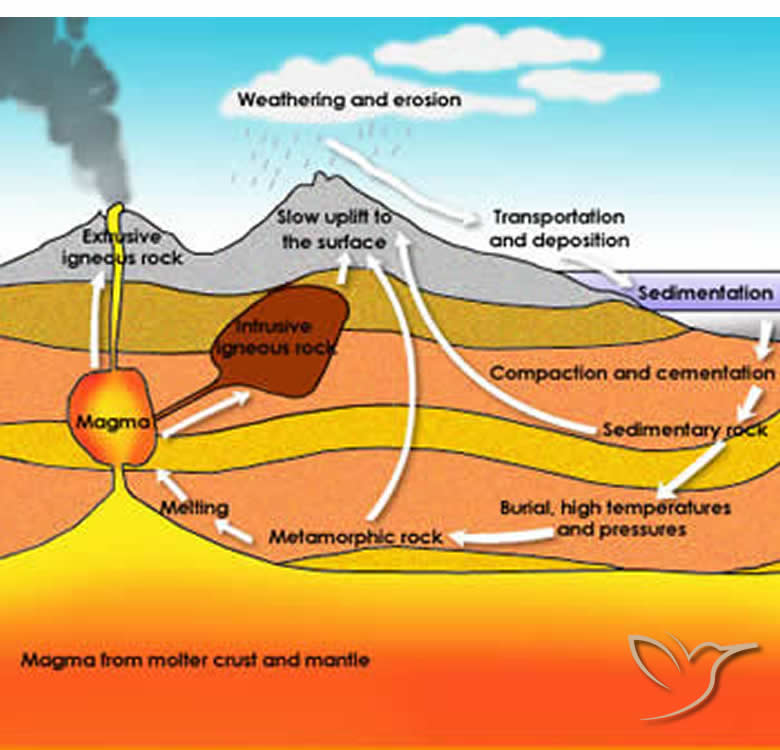What can I find in this article?
- Hyalite Opal Colors
- Hyalite Opal Species
- Hyalite Opal Clarity and Cut
- Spiritual Meaning of Hyalite Opal
- Hyalite Opal and the Chakras
- Health Benefits of Hyalite Opal
- Hyalite Opal Price
- Hyalite Opal Discovery
- Where is Hyalite Opal found?
- How is Hyalite Opal formed?
- Can Hyalite Opal be treated?
- What jewelry is Hyalite Opal suitable for?
- How to care for Hyalite Opal
- How to tell a real Hyalite Opal
- Can Hyalite Opal change color?
- What is so special about Hyalite Opal?
- Hyalite Opal - Gemological Properties
Hyalite Opal Gemstone Information

Introduction
Opal is a very varied family of gemstones and, even with such curious examples as Black Opals, Fire Opals and Boulder Opals, perhaps Hyalite Opals are the most unusual.
More a gemstone for the collector than the jewelry market, the name Hyalite means water or glass-like and, as the name suggests, are generally colorless and clear.
However some rare examples can be found in vivid greens and yellows with a spectacular color change and fluorescing phenomena. These rare gemstones can be faceted into unique shapes ready for jewelry pieces.
The fluorescent response under ultraviolet light is caused by the presence of radioactive uranium within the opal structure. Tiny amounts of uranium within the gemstone cause dramatic color changes when it is viewed under daylight or in incandescent lighting.
Unexpectedly, the Hyalite gemstone can display this fluorescence or luminescence in daylight conditions which is not just uncommon but quite spectacular – even when you have held the gemstone a number of times you still want to check for batteries or wires!
Hyalite Opals contain minute amounts of radioactivity which surely contribute to their amazing color behavior but does not pose any health dangers.

Let’s start with the basics. Opals are divided (broadly) into two types, precious and common, precious opal displays the ‘play-of-color’ which makes the opal so famous and desired while common do not.
The ‘play-of-color’ is produced by the silica structure of the gemstone. Precious Opals are made up of millions of tiny spheres of hard silica (imagine a box of ping pong balls but all different sizes) sitting on top of each other. Light hits the spheres and bounces off at different angles and in different directions creating the dazzling light show that give opals their unique look.
Hyalite is a form of common or potch opal which does not have the spherical internal structure or usual play-of-color and is often clear and colorless, closely resembling a piece of glass.
However, some ‘electric’ Hyalite Opals have some minute inclusions or trace elements which cause a fluorescent green glow in certain light conditions. The element in this case is uranyl which is a residue of uranium – we will deal with this issue later but a totally harmless amount of this dangerous sounding element.
Hyalite Opals that are almost colorless or a very pale yellow or green can explode into an electric almost ethereal glowing green color in direct sunlight or ultraviolet light.
Studies have shown that the greenish fluorescence is from ultraviolet excitation of the uranyl impurities within the Hyalite Opal.
Hyalite is a variety of Opal which does not have the internal mineral structure made of tiny spheres that cause the play-of-color that makes other Opal varieties so valuable.
Its official name these days is Opal-AN. The A stands for Amorphous meaning it does not have a definite or distinct shape and the N stands for Network to point out the structure of the opal is more like a silica network than the collection of spheres that make up most opals.
By the way, Opals that display the famous play-of-color have regular stacking of spheres in their physical internal construction are technically Opal-AG.
When it is clear and colorless it has been called:
- Muller’s Glass
- Glass Opal
- Waterstone
- Water Opal
- Jalite
- Grape Opal
- Opal-AN – official name
When it displays the fluorescent phenomenon it can be found under names such as:
- Hyalite Opal
- Electric Opal
- Ice Opal

In most cases, Hyalite Opals are left as rough stones and collected by enthusiasts as mineral curiosities.
Some colorless and clear examples can be tumbled to clean them up a bit or they are cut and polished into cabochons but without color or play-of-color they are not particularly prized.
Any Hyalite gemstones which display the fluorescent or luminescent phenomenon are much more highly valued and any that are large enough and transparent enough will be faceted into treasured gemstones.
Very few Hyalite Opals are to be found much bigger than a carat or two and the vast majority are just fractions of carats in size. In addition around 60-80% of the rough material is wasted when faceted.
In order for the exceptional color-change activity to occur it is better to have nice clear gemstones so most faceted Hyalite Opals are transparent but translucent examples with interesting inclusions can still be much sought after.
Hyalite Opal has the same chemical properties as all other opals, SiO2 - nH2O, plus a bit of uranium in the glowing green version. It will share a number of Opal's general spiritual powers.
The opal is a passionate stone, associated with desire, lust and seduction, freeing inhibitions and inspiring love. It arouses originality and creativity and it can help entice an ideal partner, improve your attraction and further a relationship.
Hyalite has an additional attribute in its ability to dig out or discover truths by using your intuition or your communication skills to open up whoever you may be speaking with.
Chakras are the energy centers in your body also referred to as Qi or Prana. There are seven Chakras throughout the body each influencing a particular physical, emotional or mental state and each has an associated color. The seven chakras are as follows, Crown, linked with the colors white or purple, Third Eye (indigo), Throat (blue), Heart (green), Solar Plexus (yellow), Sacred (orange) and Root (red).

The color most dominant in your opal gemstone will determine which chakra it will have most influence on.
Hyalite Opals are a bit tricky to assign to a single Chakra. In their clear state it would seem sensible to associate them with the Crown Chakra, concerning wisdom and knowledge but with the glowing green color displayed after exposure to sunlight or UV rays things can change.
Green gemstones are usually associated with the heart Chakra which deals with love, compassion and forgiveness but being fluorescent and an opal we may find that it can influence or unblock all the Chakras – well worth exploring.
All opals have a high water content and an alternative name for Hyalite Opals is Waterstone so it should not be surprising that this gemstone will have an influence on the body’s water content. It will prevent both water retention and dehydration which will be of great benefit to all bodily functions but will manifest itself most obviously in improvement in the eyes, skin and hair.

Hyalite Opal Price List |
||
| Color | Weight range | Price range / USD |
|---|---|---|

Green |
under 1ct |
$350 - 800/ct |

Green |
1ct + |
$1200 - 1600/ct |
Hyalite Opals are very rare so any well cut, clear gemstone displaying the color-change phenomenon will fetch an extremely good price. In addition, most Hyalite Opals come in very small sizes so anything over a carat or two will be worth a considerable amount of money.
Clarity, cut and size is, as usual, very important when appraising the worth of a Hyalite gemstone but the brightness of the color and the drama of the color-change is what really creates value in this gemstone.

Human beings were crafting precious jewelry from opals thousands of years before the pyramids of Egypt were built, indeed the earliest examples have been dated back 6000 years.
The name ‘Opal’ comes to us from the Greek word Opallios and the Roman word Opalus which both come from the Sanskrit word Upala and they all mean ‘precious stone’.
Hyalite Opals were first scientifically noted by German geologist Werner in 1794 and he took the Greek term hyalos meaning glass as his inspiration for the name.

Early discoveries of Hyalite Opals were found in Hungary, the Czech Republic and Italy (where it was known as Amiatite). The colorful gemstones can be found in Namibia, Madagascar and the USA these days and, more recently, Mexico has been producing some marvelous samples.

Hyalite Opals occur in volcanic and magma created igneous rock formations. Water and silica were introduced into the rock formations when they were still very hot and formed globular and irregular crusts as they cooled.
The water dehydrated and the silica left a gel which solidified over millions of years. Elements such as iron, magnesium, aluminum and, in the case of fluorescent Hyalite Opals, uranium were introduced into the mix.
Certain Opals receive enhancing treatments before reaching the point of sale such as sugar treatment, smoking, fracture filling but as far as we are aware there are no known treatments for Hyalite Opals other than the cutting and polishing of the rough gems.
Rest assured that any gemstones sold by GemSelect will have any enhancing treatment clearly detailed.
Hyalite Opals have a Mohs scale rating of between 5.5 and 6.5 compared to say a sapphire which is ranked very highly at 9. This makes opals about the same sort of hardness as glass so this must be considered when thinking about how you are going to use the opal.
See our detailed article on the Mohs hardness scale here
Hyalites do not come in very large sizes or significant quantities so pendants, necklaces and brooches are unlikely, except for a rough or tumbled stone, and any ring design would need a protective setting.
Earrings would work quite well and with a bit of imagination a couple of small Hyalite Opals could work as side stones in a ring setting.
Hyalite Opals are such an unusual occurring gemstone that just owning them as part of a collection to admire seems almost the best idea.
At 5.5 to 6.5 in hardness opals are relatively soft for a gem but durable enough to survive the odd bump or knock on a hard surface however you should always take care to avoid such abuse. That is why it is always recommended to remove jewelry before physical activities, especially household cleaning, sports or gardening.
We always recommend storing gemstones in individual soft bags to both protect them from other harder stones and to stop the gemstones from damaging even softer gems.
The dangers of water are over emphasized with Opals and the make-up of a Hyalite Opals should make them even more impervious but to be extra safe I would suggest cleaning your opal with a soft dry, clean cloth and avoid long soaks in soapy water or ultrasonic and steam cleaners.

Obviously a certified gemstone from a reputable dealer is the best approach but this is not always possible when you are out searching for a great gemstone or a bargain!
Let price be your guide. Hyalite Opals are a rare semi-precious gemstone so the price should reflect this. If you see a prime example at a price too good to be true, it probably isn’t true, so avoid buying such ‘bargains’.
The most obvious way to check your Hyalite Opal is to shine a UV light on it – if it glows green it is real! Taking it out into the sunlight should do the trick as well although some react more than others on cloudy days or at different times.
At GemSelect, we currently offer brief identification reports from your choice of three well-respected independent gemological laboratories, American International GemLab (AIG), International Colored Gemstone Association Laboratory (ICA GemLab) and Burapha Gemological Laboratory (BGL Lab).

Yes, it certainly can! Hyalite Opals are usually clear, colorless or just slightly yellow under normal lighting but under UV lights or sunlight (even a cloudy day) they can glow a dramatic deep green color.
In Hyalite Opal’s case this color change is known as fluorescence. Fluorescent items shine up instantly when hit by UV light, the atoms within absorb the energy of the UV, get excited and release the energy as tiny particles of light called photons. It is almost unbelievable to see in action.
Hyalite Opal is an extraordinary object being a very rare variety of a rare gemstone. While other members of the opal family create an amazing play-of-color using diffraction and interference of light bouncing around sub-microscopic spheres, Hyalite uses uranium to give off its ghostly glow.
We have mentioned the fascinating color change of this extraordinary gemstone and, if that is not special enough, it is also radioactive! Worry not as the radiation given off a cut and polished gemstone is probably less than that of a banana!
If you have never seen this remarkable gemstone before take a look at some of our examples or search the internet – it is the nearest thing to Superman’s Kryptonite you will ever see outside of the movies.
|
Chemical Formula: |
SiO2· nH2O; Hydrous Silicon Dioxide |
|
Crystal Structure: |
Amorphous |
|
Color: |
Colorless with strong sheen, white, creme-colored, yellow, orange |
|
Hardness: |
5.5 to 6.5 on the Mohs scale |
|
Refractive Index: |
1.37 to 1.52 |
|
Density: |
1.98 - 2.50 |
|
Cleavage: |
None |
|
Transparency: |
Transparent to translucent |
|
Double Refraction or Birefringence: |
None |
|
Luster: |
Vitreous, Sub-Vitreous |
|
Fluorescence: |
Shows brilliant green fluorescence, especially under SW, due to uranium impurities. |
- العربية | معلومات عن أوبال الهياليت - كريبتونيت حقيقى من المكسيك
- 中文 | Hyalite 蛋白石信息 - 来自墨西哥的真实氪石
- Français | Informations sur l'opale hyalite - Kryptonite du Mexique dans la ...
- Deutsch | Informationen zum Hyalit-Opall - Echtes Kryptonit aus Mexiko
- Italiano | Informazioni sull'opale ialite - Real Life Kryptonite dal Messico
- 日本語 | ハイアライトオパール情報-メキシコの実生活クリプトナイト
- 한국인 | Hyalite Opal 정보 - 멕시코의 실제 크립토나이트
- Português | Informações sobre Hyalite Opal - Kryptonita da vida real do México
- Pусский | Информация о гиалитовом опале - настоящий криптонит из Мексики
- Español | Información sobre el ópalo hialita - La kriptonita del mundo real ...






